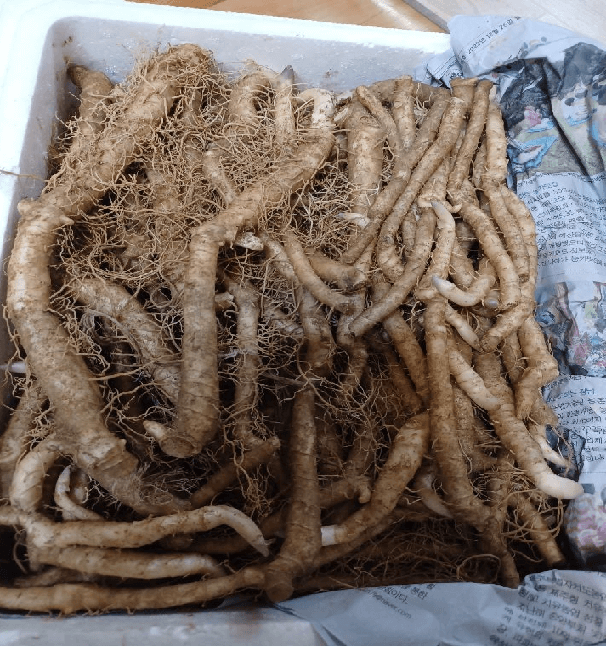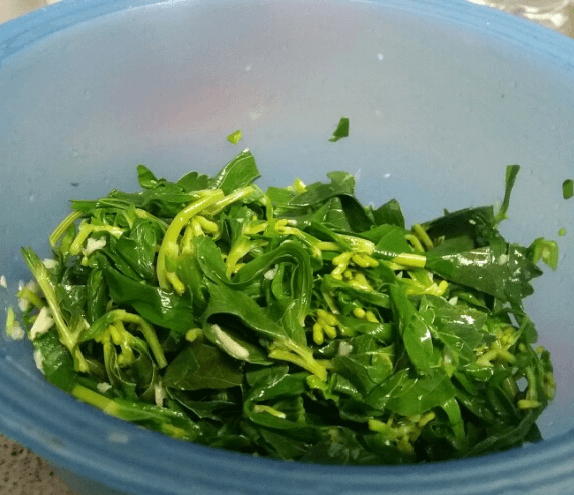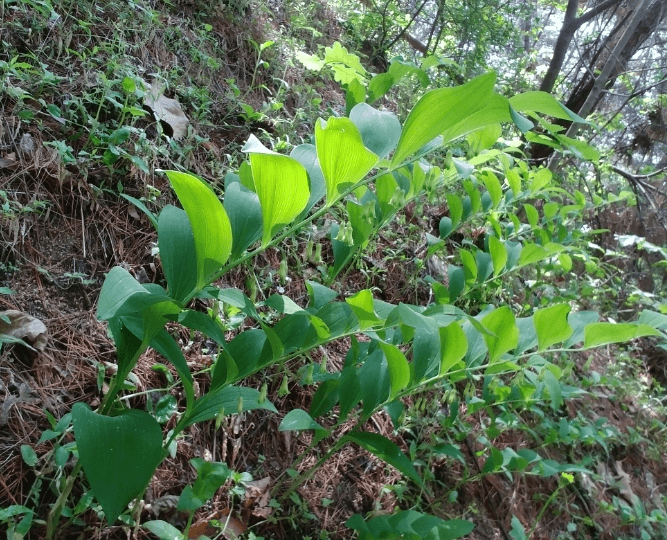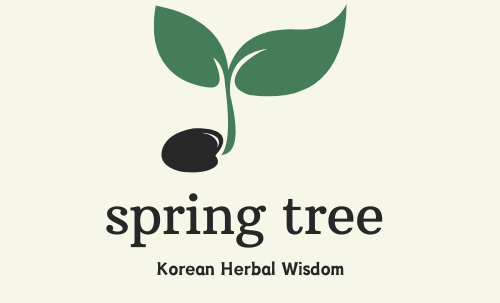“Discover the gentle sweetness and health benefits of Dunggeulle (둥글레)! Packed with antioxidants, vitamins, and flavonoids, learn how to prepare this versatile wild vegetable in teas, soups, and side dishes to boost your well-being naturally.”
Does this align with what you were looking for? It aims to be informative while also engaging the reader’s interest.

Health Benefits and Nutritional Value of Dunggeulle(둥글레)
Dunggeulle (Polygonatum odoratum var. pluriflonun) is a wild vegetable loved for its soft texture and gentle sweetness. In early spring, the young shoots poke through the ground, and they are harvested by cutting near the root. Dunggeulle’s smooth texture and subtle sweetness when chewed make it a delightful addition to many dishes. While the leaves have a slight bitterness, the overall flavor is fresh and clean.
Dunggeulle is packed with antioxidants, which help boost your immune system and regulate blood pressure. Antioxidants also help fight free radicals, which prevent cell damage and have anti-aging benefits. Additionally, dunggeulle is rich in vitamin A and vitamin C, which are essential for skin health and reducing inflammation. Vitamin A supports healthy skin and vision, while vitamin C strengthens your immune system and promotes overall well-being.
Dunggeulle also contains flavonoids, which are great for heart health and can help manage cholesterol levels. This makes dunggeulle not only delicious but also beneficial for maintaining a healthy cardiovascular system and keeping blood pressure in check.

Cooking Methods and Recipes for Dunggeulle(둥글레)
There are so many ways to enjoy dunggeulle in your cooking, and it’s especially great in dishes like namul (seasoned vegetable), blanched dishes, and soups. The tender young shoots have a mild sweetness and are perfect for a simple namul salad. After blanching dunggeulle, toss it with sesame oil, salt, and soy sauce to create a healthy side dish with a pleasant sweetness and soft texture. This dish is also low in calories, making it ideal for a light, healthy meal.
Dunggeulle is also fantastic in soups, as its natural sweetness seeps into the broth, adding a layer of richness to the dish. Dunggeulle soup is not only tasty but also packed with vitamin A and calcium, which help maintain bone health and eye health. Its low-calorie content makes it perfect for those who want to eat healthily without sacrificing flavor.
Another wonderful way to enjoy dunggeulle is by making dunggeulle tea. Simply dry the roots and brew them into a tea that helps regulate blood pressure and improves digestion. The gentle sweetness of dunggeulle tea makes it an easy-to-drink beverage any time of the day. It’s also great for relaxing and winding down since it’s caffeine-free, making it perfect for evenings.

Harvesting Period and Methods for Dunggeulle
The best time to harvest dunggeulle is between April and May, when the young shoots are fresh and tender. This is when dunggeulle is at its sweetest and softest, making it ideal for cooking. Dunggeulle grows naturally in mountainous areas all over Korea, so it’s easy to find and harvest in the wild.
Dunggeulle grows to about 30 to 80 cm in height, and its leaves are long and oval-shaped, measuring around 5 to 10 cm in length and 2 to 5 cm in width. When you pick fresh dunggeulle in the spring, its delicate sweetness makes it a pleasure to cook with. It’s best to harvest the young shoots before they grow too much since that’s when they’re at their most tender and flavorful. Wild dunggeulle is also naturally organic, making it a healthy choice packed with nature’s nutrients.
Storage and Preservation Methods for Dunggeulle
Dunggeulle is best enjoyed fresh, but if you harvest a large batch, you can blanch it and store it in the fridge or dry it for later use. Blanched dunggeulle keeps its freshness for several days when stored in the fridge, making it easy to use in namul or soups whenever you like. Dunggeulle is also high in dietary fiber, which helps with digestive health and keeps your gut happy.
Another popular option is to dry dunggeulle and use it to make tea. Dried dunggeulle roots hold onto their natural sweetness and offer the same benefits, such as blood pressure regulation and improved digestion. Dunggeulle tea is especially great for helping stabilize blood pressure, and it’s a perfect daily drink to maintain your overall health. Plus, dunggeulle is rich in antioxidants, which support your immune system and keep your skin looking healthy.
Dunggeulle’s soft texture and health benefits make it a favorite wild vegetable for many. Whether you use it in namul, soups, or tea, dunggeulle adds a delicious and healthy touch to your meals. Harvest fresh dunggeulle in the spring and enjoy its gentle sweetness while boosting your health!
